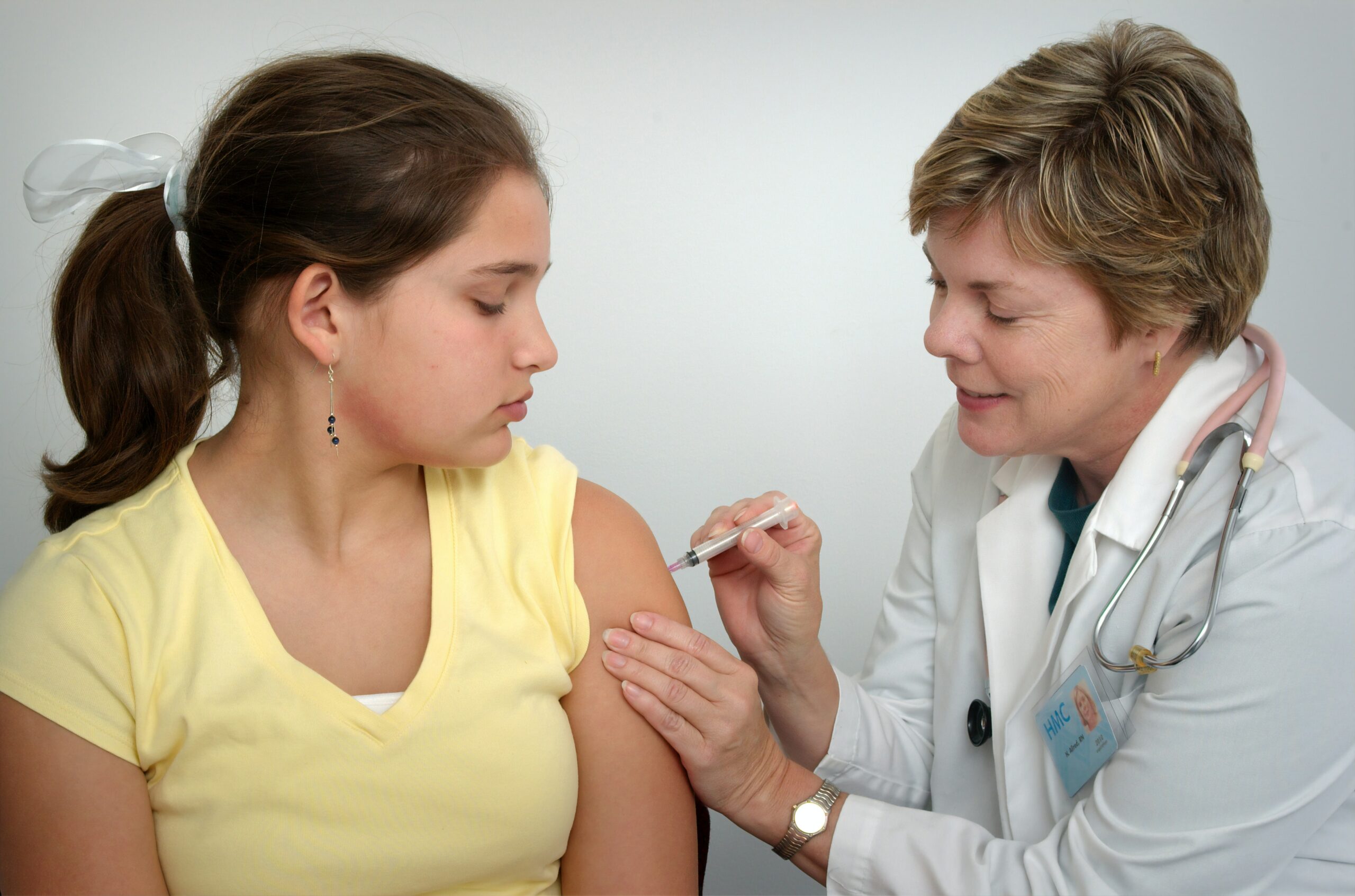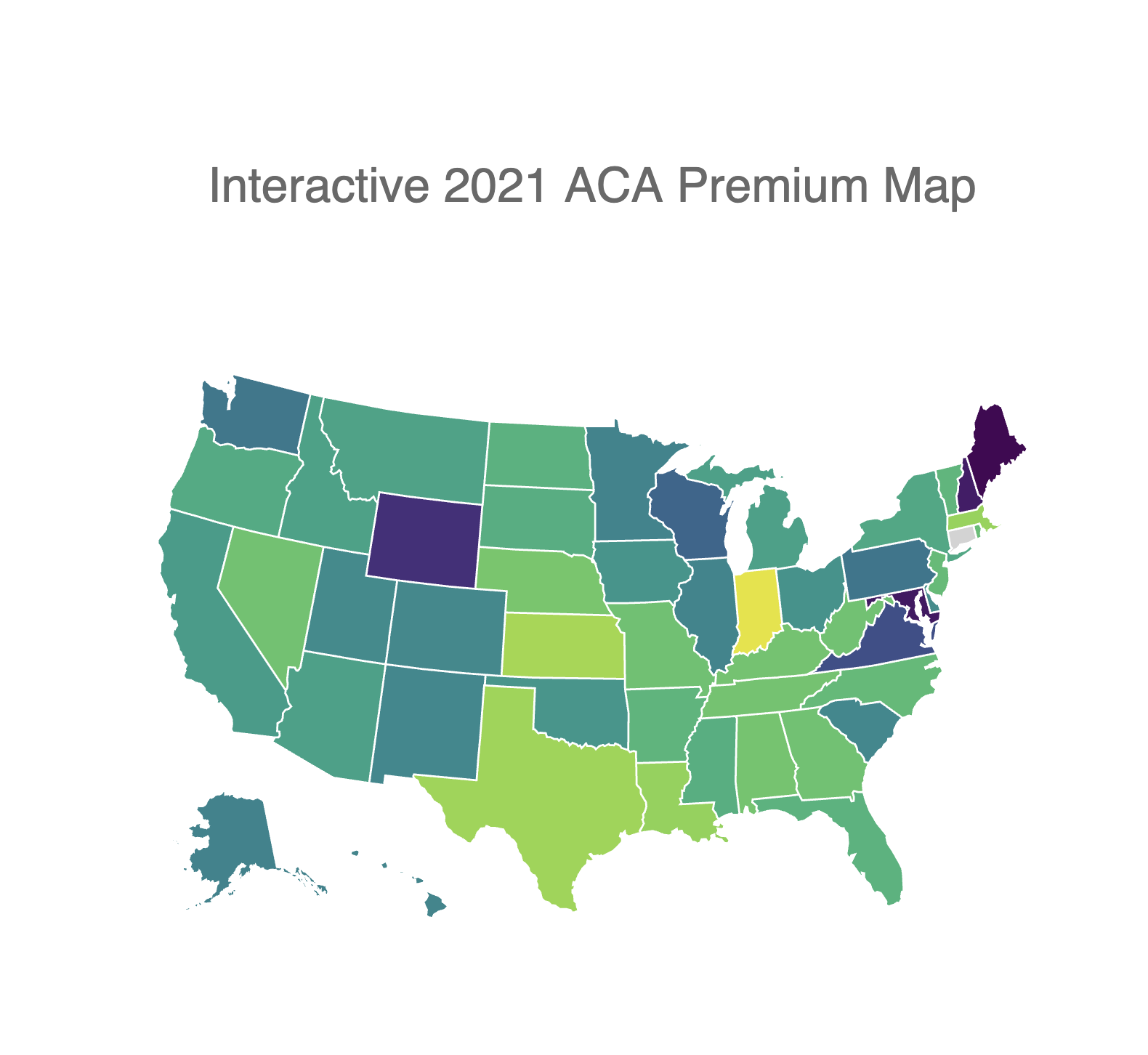In romance, timing is everything. And, to some extent, the same can be said of buying health insurance. In general, if you’re purchasing your own health coverage for yourself or your family, usually the only time you can sign up for a plan or change to a different plan is during what’s known as the Open Enrollment Period (OEP).
This is true whether you buy health insurance through the Health Insurance Marketplace ( also known as Obamacare health insurance) or directly through an insurance company.
There are some exceptions for major life events like moving, losing a job or having a baby. Those changes will make you eligible to purchase health insurance during a Special Enrollment Period.
But if you don’t act during annual OEP, chances are you’ll have to wait until Open Enrollment the following year to sign up for health insurance, unless you have a life event.
When Is Open Enrollment Dates in Your State?
Most states sell health insurance that complies with Obamacare requirements through the federal exchange at healthcare.gov. These states follow the federal Open Enrollment Period, which runs from November 1, 2020 to December 15, 2020. If you sign up for new insurance or change plans during this six-week window, your new coverage will begin on January 1, 2021.
Some states—14 in all—have set up their own health insurance exchange. Several of these have expanded their OEP, as has Washington, D.C., to start before and/or remain open after the federal OEP expires. If you live in these areas, you’ll have a longer window to purchase health insurance to cover you in 2021.
Keep in mind that if you live in one of these states and you apply for health insurance after December 15, your coverage may start later than January 1, likely, on February 1 or February 15, 2021.
You’ll want to pay close attention to when your premiums are due. Your coverage won’t start until you pay your first premium. It’s important to make sure you continue to pay your monthly premiums on time to avoid gaps in coverage or cancellation.
Here’s a state-by-state look at the 2021 Open Enrollment Period in all 50 states and the District of Columbia:
What You Need to Know
For most states, the 2021 Open Enrollment Period runs from November 1, 2020, to December 15, 2020. During these six weeks, you can sign up for health insurance, renew your current plan or change to a different plan.
States that run their own Affordable Care Act Health Insurance Exchanges (also called Marketplaces) may have longer Open EnrollmentPeriods.
Once the Open Enrollment Period ends, you may be able to purchase a health insurance plan under a Special Enrollment Period if you have a life-changing event or become affected by a national emergency.
| State | Start Date | End Date | Coverage Begins |
| ALABAMA | November 1, 2020 | December 15, 2020 | January 1, 2021 |
| ARKANSAS | November 1, 2020 | December 15, 2020 | January 1, 2021 |
| ARIZONA | November 1, 2020 | December 15, 2020 | January 1, 2021 |
| CALIFORNIA | November 1, 2020 | January 31, 2021 | * |
| COLORADO | November 1, 2020 | January 15, 2021 | * |
| CONNECTICUT | November 1, 2020 | December 15, 2020 | January 1, 2021 |
| DELAWARE | November 1, 2020 | December 15, 2020 | January 1, 2021 |
| FLORIDA | November 1, 2020 | December 15, 2020 | January 1, 2021 |
| GEORGIA | November 1, 2020 | December 15, 2020 | January 1, 2021 |
| HAWAII | November 1, 2020 | December 15, 2020 | January 1, 2021 |
| IDAHO | November 1, 2020 | December 15, 2020 | January 1, 2021 |
| ILLINOIS | November 1, 2020 | December 15, 2020 | January 1, 2021 |
| INDIANA | November 1, 2020 | December 15, 2020 | January 1, 2021 |
| IOWA | November 1, 2020 | December 15, 2020 | January 1, 2021 |
| KANSAS | November 1, 2020 | December 15, 2020 | January 1, 2021 |
| KENTUCKY | November 1, 2020 | December 15, 2020 | January 1, 2021 |
| LOUISIANA | November 1, 2020 | December 15, 2020 | January 1, 2021 |
| MAINE | November 1, 2020 | December 15, 2020 | January 1, 2021 |
| MARYLAND | November 1, 2020 | December 15, 2020 | January 1, 2021 |
| MASSACHUSETTS | November 1, 2020 | January 23, 2021 | * |
| MICHIGAN | November 1, 2020 | December 15, 2020 | January 1, 2021 |
| MINNESOTA | November 1, 2020 | December 22, 2020 | January 1, 2021 |
| MISSISSIPPI | November 1, 2020 | December 15, 2020 | January 1, 2021 |
| MONTANA | November 1, 2020 | December 15, 2020 | January 1, 2021 |
| NEBRASKA | November 1, 2020 | December 15, 2020 | January 1, 2021 |
| NEVADA | November 1, 2020 | December 15, 2020 | January 1, 2021 |
| NEW HAMPSHIRE | November 1, 2020 | December 15, 2020 | January 1, 2021 |
| NEW JERSEY | November 1, 2020 | January 31, 2021 | * |
| NEW MEXICO | November 1, 2020 | December 15, 2020 | January 1, 2021 |
| NEW YORK | November 1, 2020 | January 31, 2021 | * |
| NORTH CAROLINA | November 1, 2020 | December 15, 2020 | January 1, 2021 |
| NORTH DAKOTA | November 1, 2020 | December 15, 2020 | January 1, 2021 |
| OHIO | November 1, 2020 | December 15, 2020 | January 1, 2021 |
| OKLAHOMA | November 1, 2020 | December 15, 2020 | January 1, 2021 |
| OREGON | November 1, 2020 | December 15, 2020 | January 1, 2021 |
| PENNSYLVANIA | November 1, 2020 | January 15, 2021 | * |
| RHODE ISLAND | November 1, 2020 | December 15, 2020 | January 1, 2021 |
| SOUTH CAROLINA | November 1, 2020 | December 15, 2020 | January 1, 2021 |
| SOUTH DAKOTA | November 1, 2020 | December 15, 2020 | January 1, 2021 |
| TENNESSEE | November 1, 2020 | December 15, 2020 | January 1, 2021 |
| TEXAS | November 1, 2020 | December 15, 2020 | January 1, 2021 |
| UTAH | November 1, 2020 | December 15, 2020 | January 1, 2021 |
| VERMONT | November 1, 2020 | December 15, 2020 | January 1, 2021 |
| VIRGINIA | November 1, 2020 | December 15, 2020 | January 1, 2021 |
| WASHINGTON | November 1, 2020 | December 15, 2020 | * |
| WEST VIRGINIA | November 1, 2020 | December 15, 2020 | January 1, 2021 |
| WISCONSIN | November 1, 2020 | December 15, 2020 | January 1, 2021 |
| WYOMING | November 1, 2020 | December 15, 2020 | January 1, 2021 |
| WASHINGTON, D.C. | November 1, 2020 | January 31, 2021 | * |
*California: December 15 is the last day to enroll for coverage that starts January 1 and January 15 is the last day of enrollment for coverage that starts February 15.
Colorado: December 15 is the last day to apply for coverage that starts January 1.
Nevada: December 31 is the last day to enroll for coverage that starts January 1, 2021.
Pennsylvania: December 15, 2020 is the last day to apply for coverage that begins January 1, 2021; January 15, 2021, is the last date to apply for coverage that starts February 1, 2021.
Washington: December 15, 2020 is the last day to apply for coverage that begins January 1, 2021; January 15, 2021, is the last date to apply for coverage that starts February 1, 2021.
What Do You Do if You Missed Open Enrollment?
If you miss the OEP, you generally won’t be able to sign up for new health insurance or change your existing insurance for the rest of the year. However, if you’ve had certain big changes in your life, you’ll be eligible to purchase insurance outside of the OEP, during a 60-day Special Enrollment Period.
These life changes are known as “qualifying events.” They include getting married, having a baby or adopting a child, losing your health insurance due to divorce or a legal separation, turning 26 and aging out of a parent’s health insurance plan, losing a job, or moving to a new geographic area.
If you haven’t had a qualifying event and you’re left without health insurance, you’ll still have some options to fill the gap until the next OEP. One option is purchasing short-term health insurance. These plans provide far less coverage than what’s required by policies regulated by the Affordable Care Act (Obamacare). Still, their limited largely emergency benefits may meet some of your healthcare needs.
A Word of Advice
Be sure to start considering your options early so you’ll have lots of time to compare plans and, for expert guidance, consult a licensed insurance broker.
Special Enrollment Periods for National Emergencies
Extraordinary circumstances sometimes trigger additional Special Enrollment Periods when you can purchase health insurance on the Marketplace.1 These circumstances may include a hurricane, wildfires or other natural disasters. If you missed an Open Enrollment Period or a Special Enrollment Period because you were affected by a national emergency that was declared by the Federal Emergency Management Agency (FEMA), you might have 60 days from the end of the incident period (which is decided by FEMA) to complete your enrollment in Marketplace coverage and request a retroactive start date.
In response to the coronavirus pandemic, some states with their own exchanges have opened a Special Enrollment Period for uninsured residents. In several states this window has already closed, but it’s still open in Maryland until December 15 and it’s ongoing in California. Learn more about Marketplace coverage and COVID-19 at healthcare.gov.
Next Steps
When life gets busy it’s easy to lose track of a task like applying for or evaluating your health insurance during the Open Enrollment Period. But it’s often critical to maktime to do so; in most cases, the coverage options that are best for you and your family are only available during this window.
Be sure to start considering your options early so you’ll have lots of time to compare plans and, for expert guidance, consult a licensed insurance broker.




